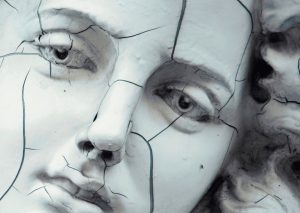 The first branch of medicine and surgery that can change the appearance of a person the most is undoubtedly Plastic Surgery. If a patient has an organ that they do not like in their appearance, especially the nose, breasts, and abdomen, Plastic Surgery can step in as a science and apply the desired changes within the possibilities. The changes that can be made may not always be as big as desired. Here, many factors such as the patient's psychology, age, skin structure, genetic characteristics, and whether or not they have had surgery before come into play.
The first branch of medicine and surgery that can change the appearance of a person the most is undoubtedly Plastic Surgery. If a patient has an organ that they do not like in their appearance, especially the nose, breasts, and abdomen, Plastic Surgery can step in as a science and apply the desired changes within the possibilities. The changes that can be made may not always be as big as desired. Here, many factors such as the patient's psychology, age, skin structure, genetic characteristics, and whether or not they have had surgery before come into play.
Plastic Surgeons who can seriously change their appearance are called 'artists'. Because while a sculptor can make changes to their work by carving, a plastic surgeon can help their patient by performing surgery. The expressions 'artist' or 'Plastic Surgery art', which are a kind of compliment to describe the success of the result of the Plastic Surgery operation, have recently become more than their purpose.
The subject applied in sculpture, painting or any other art is inanimate, and the changes made by the artist can remain as they are for years. Unfortunately, the changes made by the plastic surgeon depend not only on the surgeon but also on some characteristics of the patient.
Even if the same surgeon performs the same surgery, he/she may not get the same result for every patient. Since the subject of plastic surgery is human, there are vital elements such as nerves and veins in the surgical area.
If you carve too much while making a sculpture, the worst case scenario is that you start over, but this chance is often not possible for us plastic surgeons.
On the other hand, the results of many aesthetic procedures, especially breast and facial surgeries, may change over the years due to aging and gravity.
